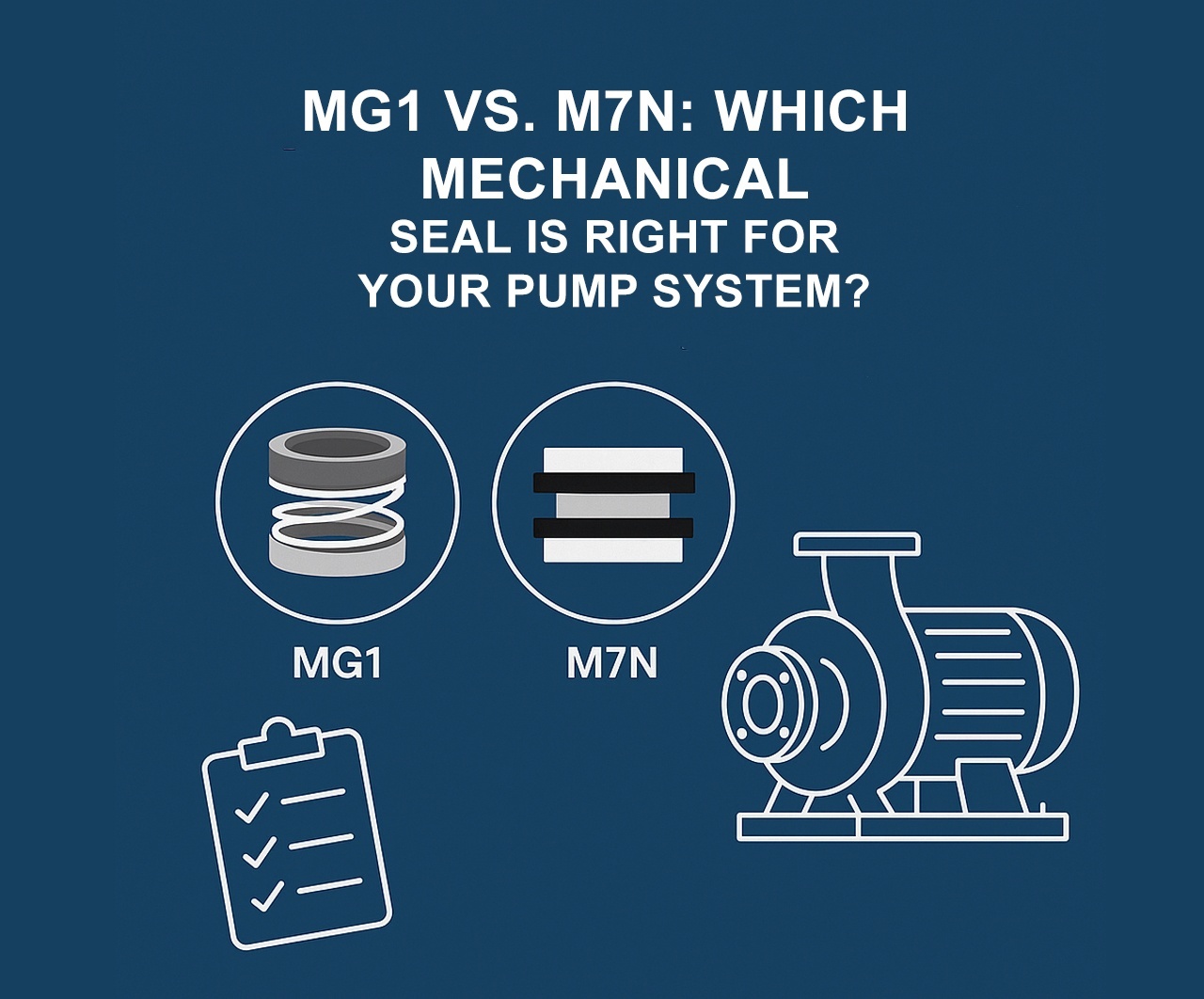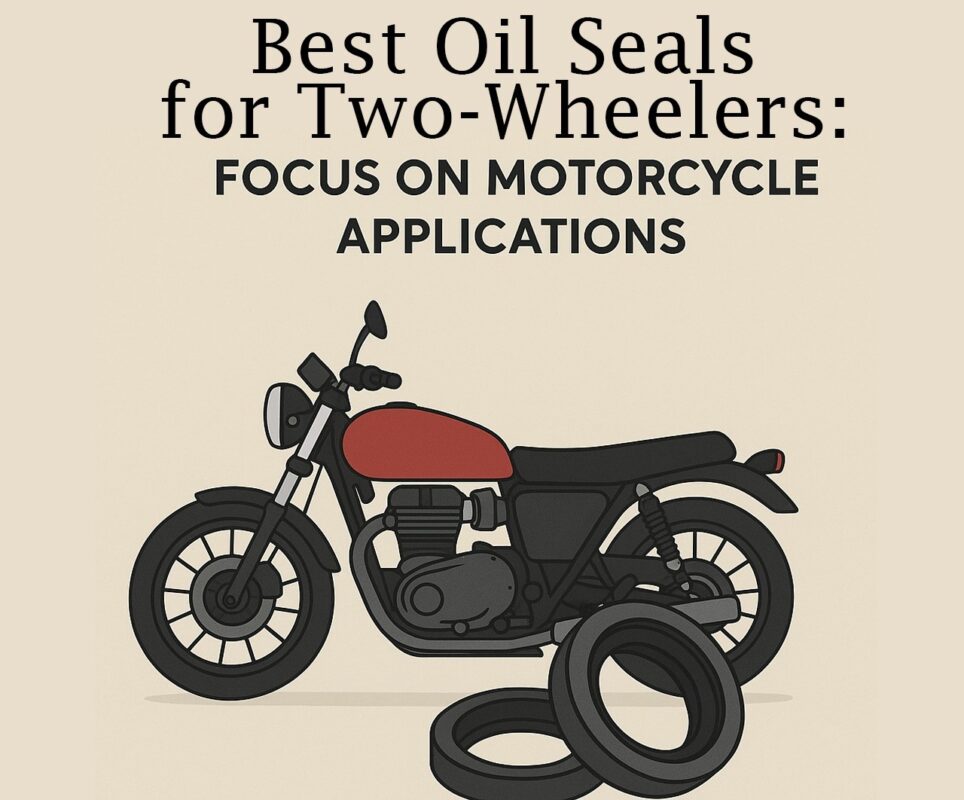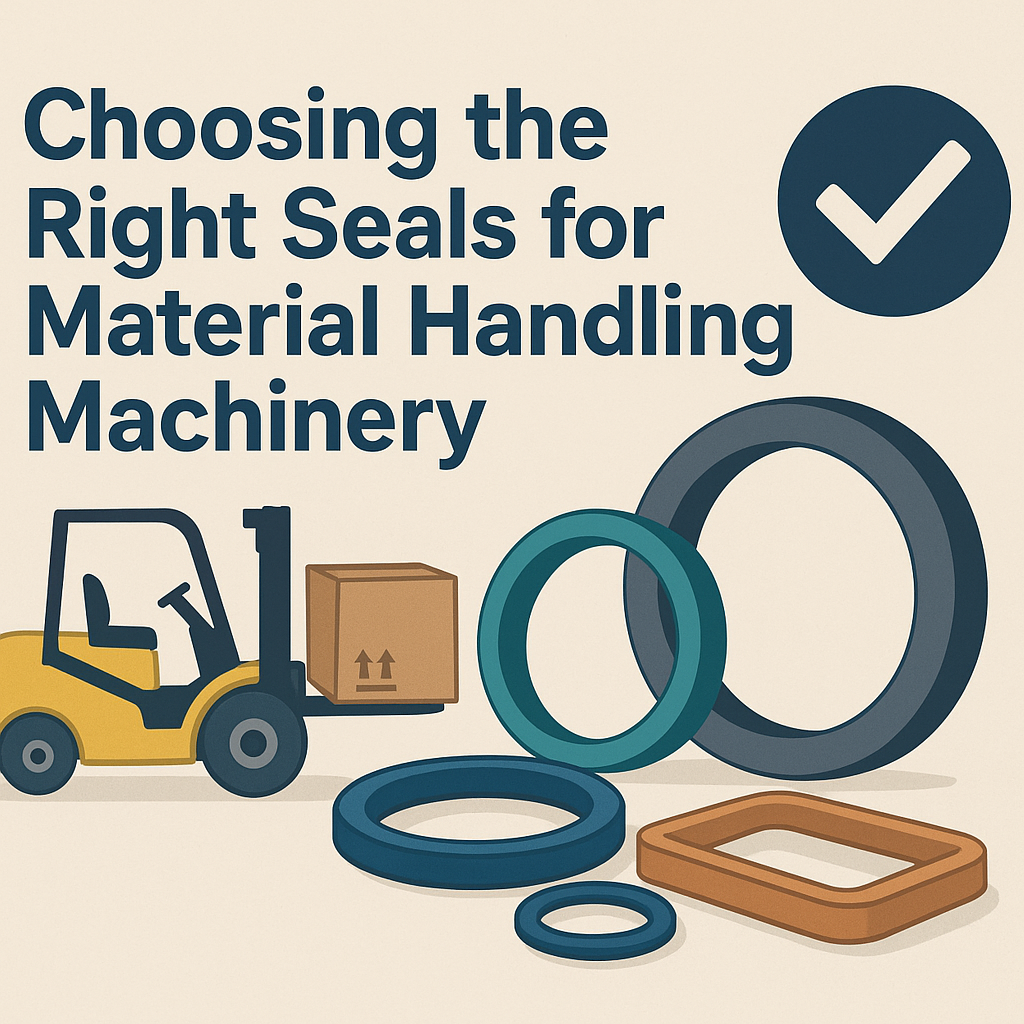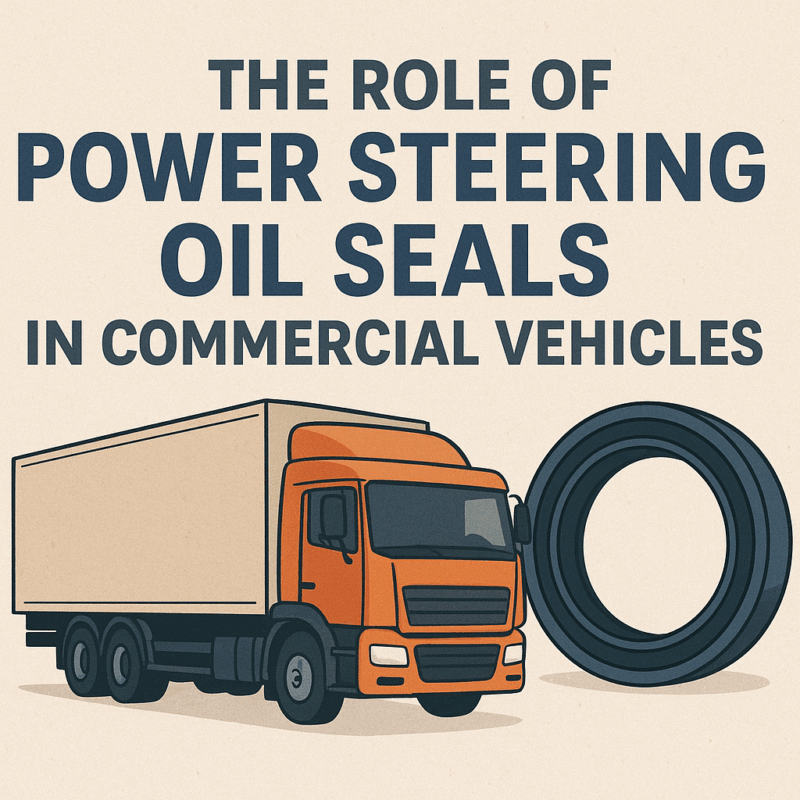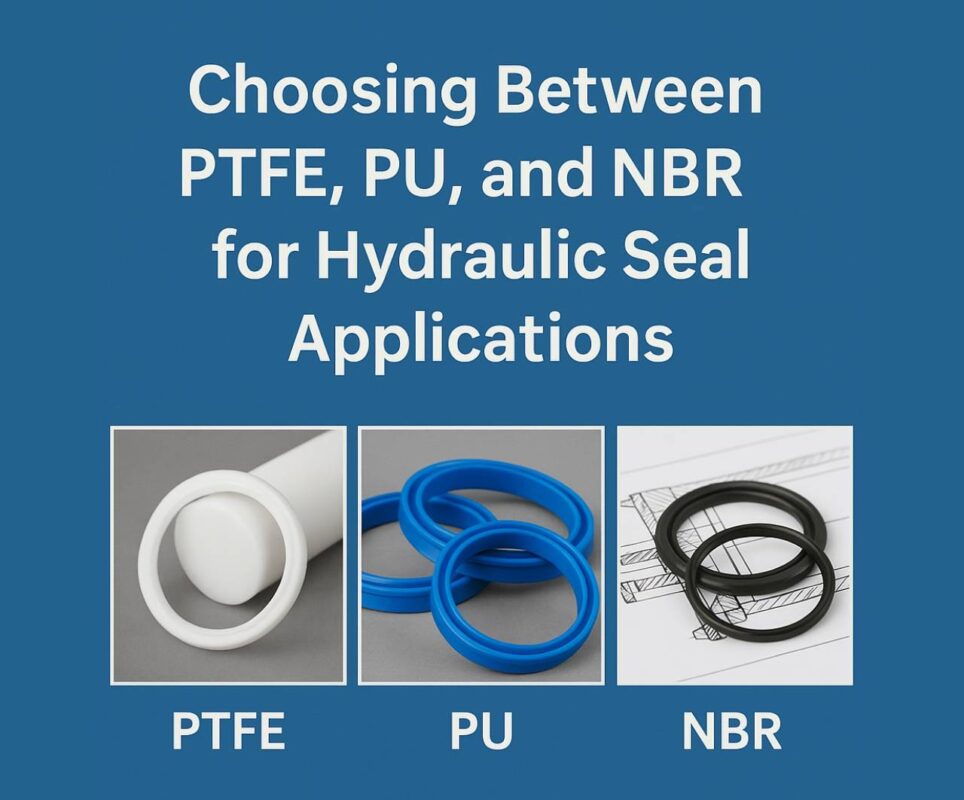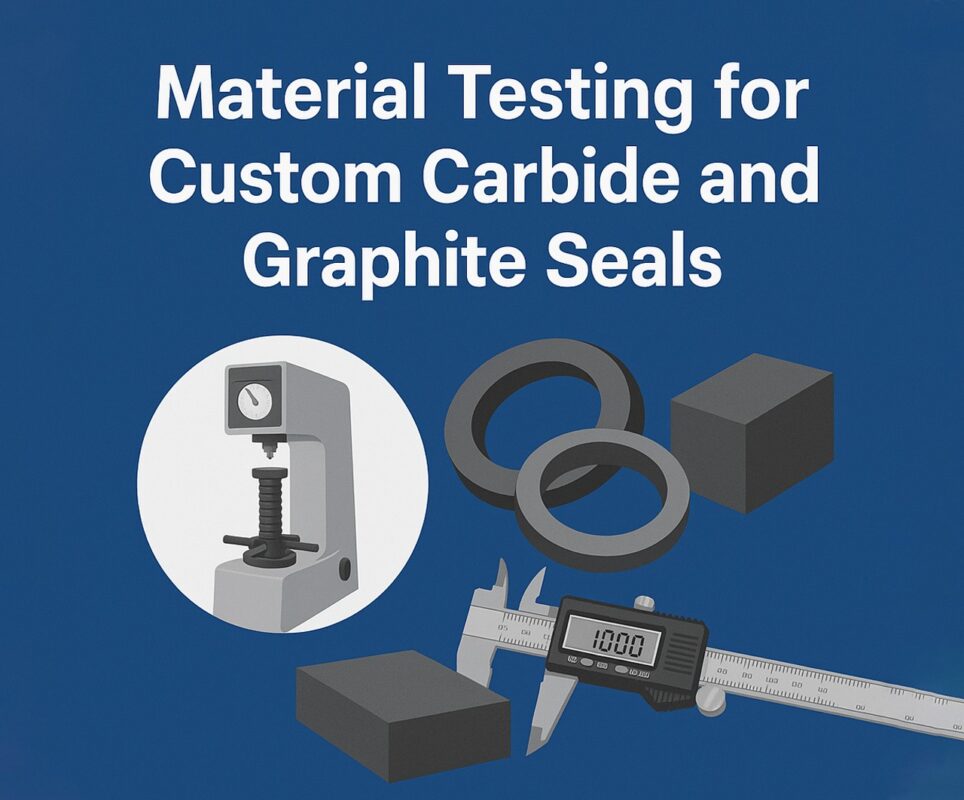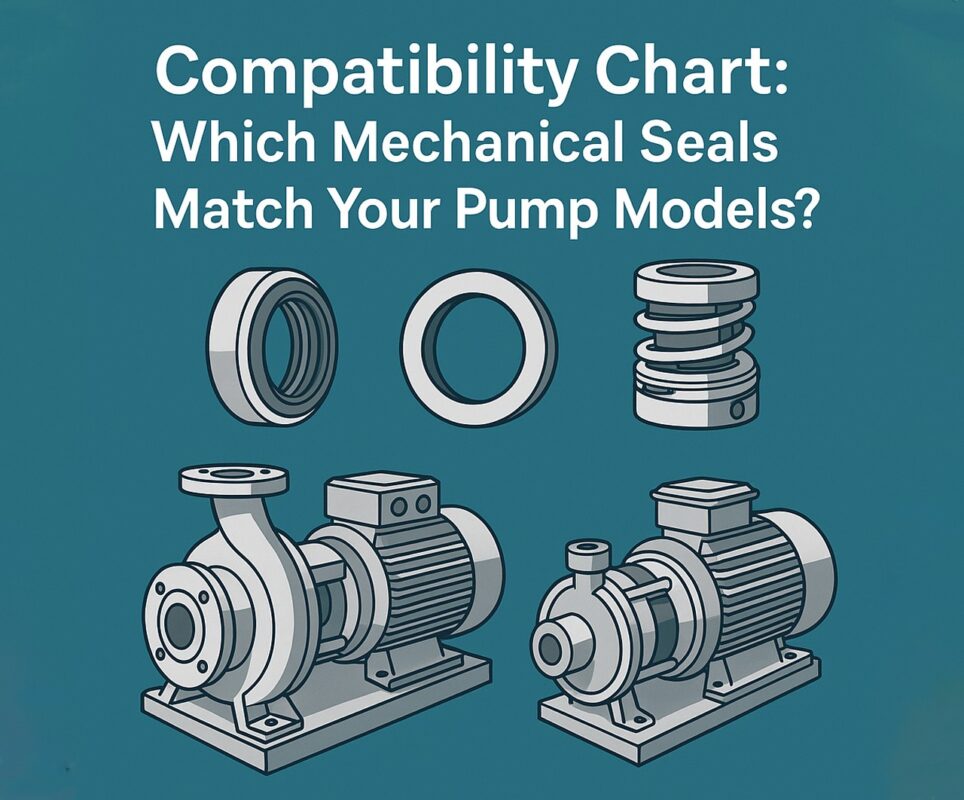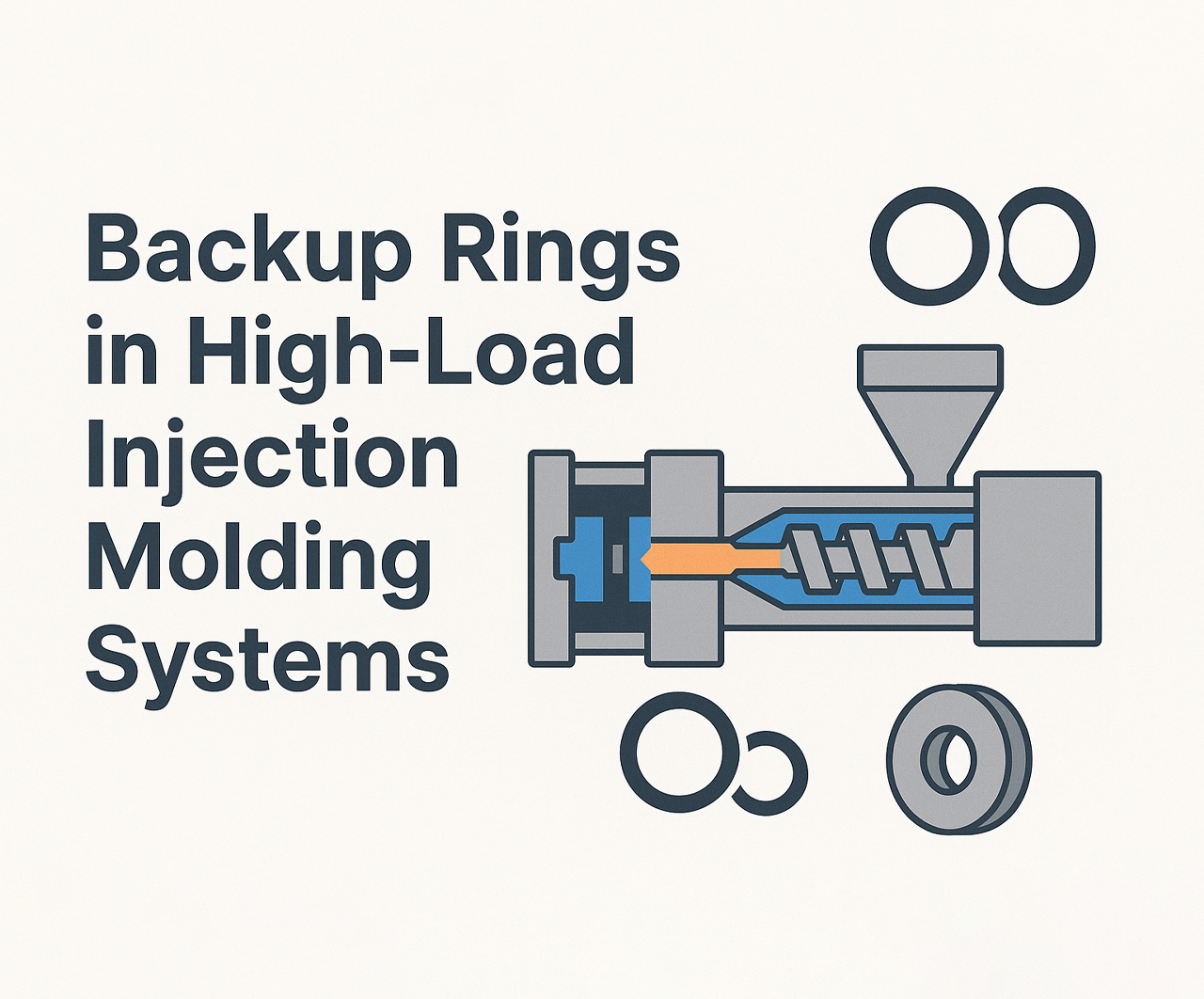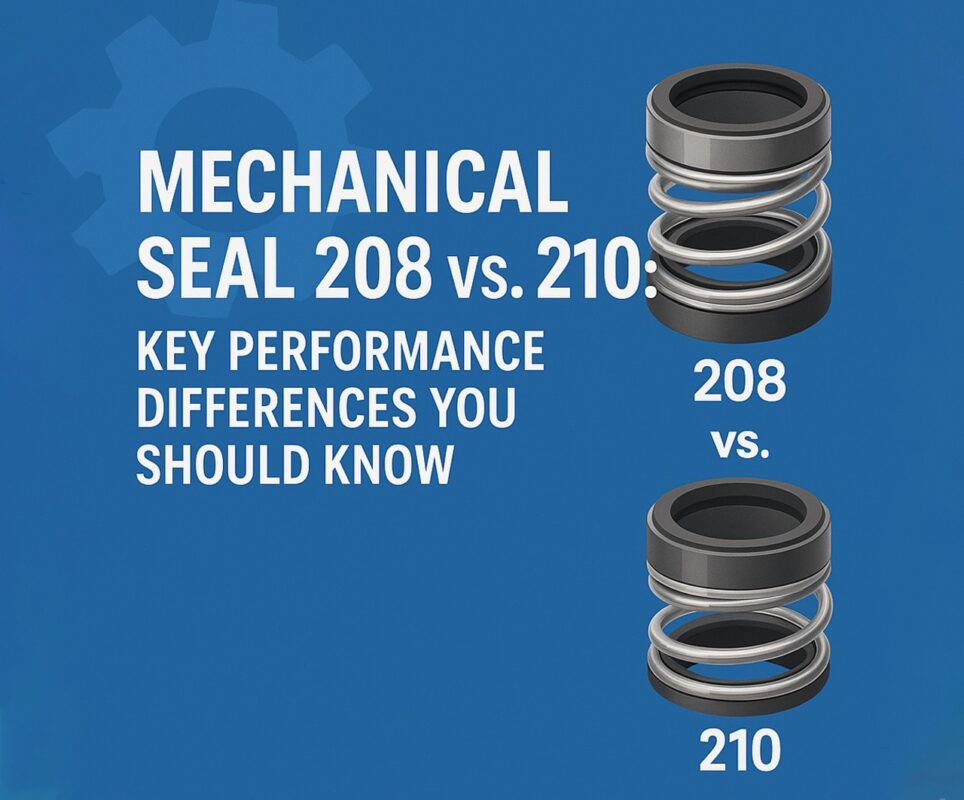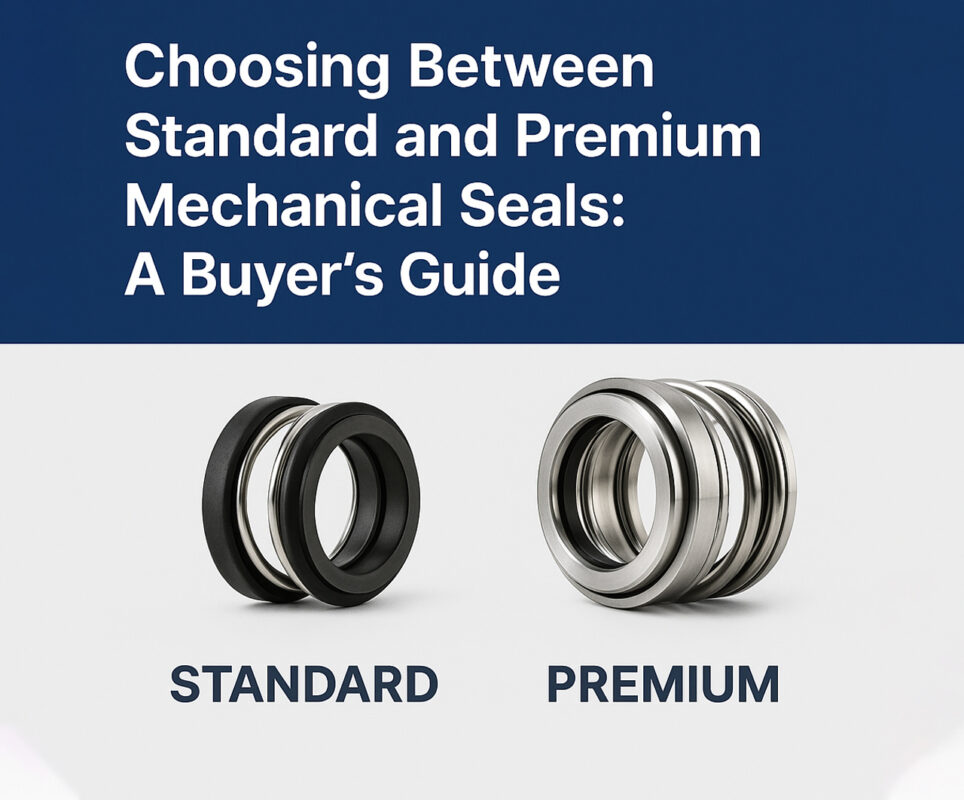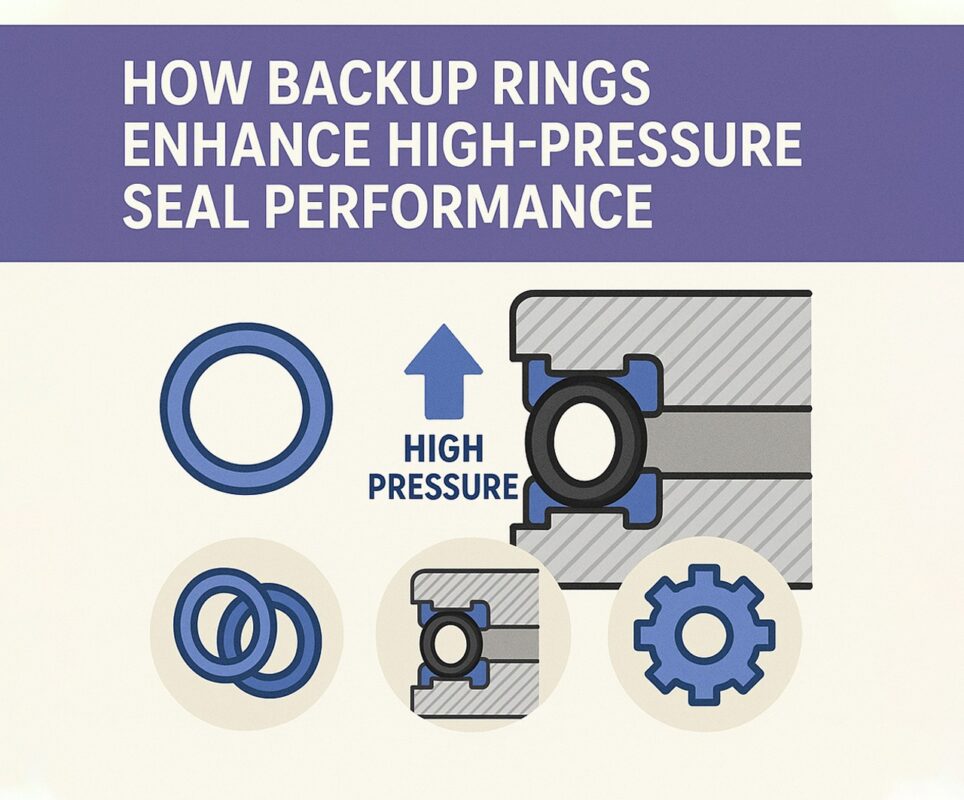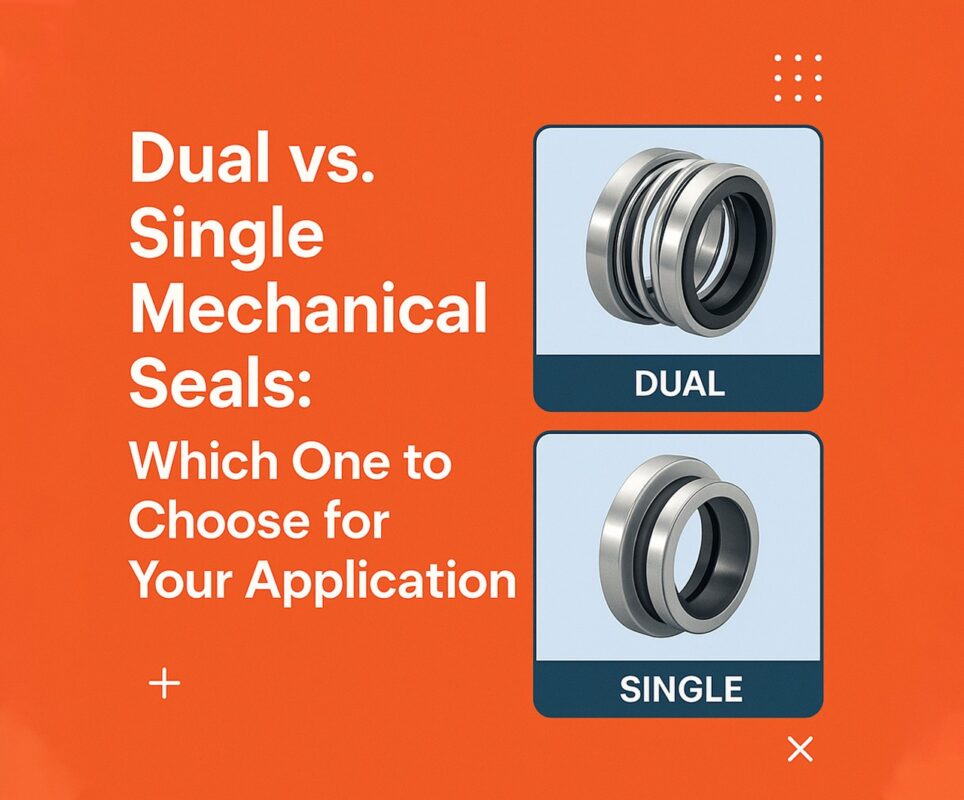When choosing components for critical fluid-handling equipment, selecting the right pump seals can make or break your system’s performance and reliability. Two of the most widely used mechanical seals today are the mechanical seal MG12 (part of the MG1 family) and the MG1 G60 configuration. Both offer unique benefits, but knowing when and where to use each is essential for long-term operational efficiency. In this article, we’ll compare the MG1 and M7N seals—highlighting differences, applications, materials, and best-use scenarios—all while keeping your sealing needs aligned with your pump’s real-world demands. Know more..
Understanding the Basics: MG1 and M7N
The mechanical seal MG12 and M7N both belong to the bellows seal category, typically used in centrifugal pumps. These seals are designed for back-to-back or single arrangement applications and come with similar form factors—but they differ in material compatibility, flexibility, and wear resilience.
The MG1 G60 variant is often seen in applications with specific seat configurations, adding versatility to how the seal interacts with the housing. While MG12 is considered a standard across industries, M7N is a refined alternative designed for higher axial movement and tougher environments.
What Are Pump Seals, and Why Do They Matter?
Pump seals serve the vital role of containing fluid within the pump housing and preventing external contamination. Whether handling water, chemicals, or oil, a faulty seal can lead to:
- Equipment failure
- Leakage and contamination
- Increased maintenance costs
- Safety hazards
That’s why choosing between mechanical seal MG12 and M7N isn’t just a technical decision—it’s a performance mandate.
Key Features: MG1 G60 vs. M7N
| Feature | MG12 (MG1 Family) | M7N |
| Shaft Size Range | Wide | Slightly narrower |
| Bellows Design | Elastomer Bellows | Elastomer Bellows |
| Axial Movement | Standard | Extended axial compensation |
| Seat Compatibility | G6, G60, G4 | G6, G9 |
| Operating Pressure | Up to 10 bar | Up to 12 bar |
| Temperature Range | -20°C to 140°C | -20°C to 180°C |
| Applications | General Industry, Water | Chemical, Food, Pulp & Paper |
The MG1 G60 configuration expands on the MG12’s capabilities by offering a more tailored sealing face interaction with the seat, making it suitable for higher-pressure applications or dynamic temperature conditions.
Materials: Matching the Seal to the Fluid
Choosing the correct material is critical. Both mechanical seal MG12 and M7N can be customized with:
- Carbon (good for general-purpose use)
- Silicon Carbide (for abrasive or corrosive fluids)
- Tungsten Carbide (heavy-duty operations)
- EPDM, Viton, or NBR elastomers (depending on chemical resistance needs)
However, M7N often comes standard with high-performance silicon carbide faces and Viton bellows, which makes it better suited for aggressive chemical environments.
MG12: Best Use Cases
- HVAC systems
- General water and wastewater treatment
- Light-duty chemical processing
- Agricultural irrigation pumps
The mechanical seal MG12 is a go-to for many OEMs due to its balance of affordability, performance, and compatibility with multiple seats like the MG1 G60.
M7N: Best Use Cases
- Chemical manufacturing
- Pulp and paper mills
- Food and beverage processing
- Thermal fluid handling systems
When a system needs to handle higher temperature spikes or axial misalignment, M7N offers better compensation and resilience than MG12.
Installation Considerations
Both pump seals are designed for ease of installation, but MG12 typically offers a more plug-and-play experience. M7N may require more precision due to its tighter tolerances and higher-performance materials.
Here’s what to watch for during installation:
- Shaft condition: Ensure no scoring or corrosion.
- Alignment: Essential for longer seal life.
- Lubrication: Use compatible barrier fluids when needed.
- Spring tension: Must be balanced properly.
Lifecycle Cost Comparison
| Cost Element | MG12 | M7N |
| Initial Cost | Lower | Higher |
| Maintenance Frequency | Moderate | Low |
| Replacement Interval | 1–2 years (avg.) | 3–5 years (avg.) |
| Operating Efficiency | High (in stable conditions) | Very high (in harsh conditions) |
While the mechanical seal MG12 has a lower upfront cost, M7N’s extended lifespan and resilience often justify the investment in more demanding environments.
Real-World Applications and Case Studies
Case Study 1: Municipal Water Treatment Plant
A municipal water treatment facility using MG12 seals across a variety of pumps noticed consistent sealing performance under fluctuating flow rates. The decision to standardize on mechanical seal MG12 resulted in lower inventory costs and simplified maintenance training.
Case Study 2: Chemical Plant Using M7N
A chemical production facility replaced aging component seals with M7N in its high-temperature acidic process lines. The M7N seals performed beyond expectations, doubling the maintenance cycle interval and eliminating process leaks. This improvement translated into fewer shutdowns, enhanced safety, and lower annual sealing costs.
Advanced Tips for Seal Selection
- Always consult with manufacturers to validate material compatibility.
- Don’t overspecify—sometimes MG12 will work just as well at a lower cost.
- Account for axial play in dynamic systems—M7N is better suited here.
- Double-check the seal seat type—a mismatch can reduce efficiency.
- Consider using flush plans or quench lines to extend seal life in challenging environments.
Industry Adoption Trends
More industries are moving away from generic pump seals toward specific, application-matched designs. As a result:
- MG12 remains dominant in low-to-mid-demand systems.
- M7N is growing fast in specialty sectors like biotech, pharma, and thermal oil systems.
Designers and procurement engineers are prioritizing reliability and safety, which explains the growing shift toward M7N-type seals for high-risk applications.
Environmental Impact and Seal Efficiency
As companies aim to reduce waste and energy use, mechanical seal efficiency becomes a sustainability factor. M7N, with its longer lifespan and fewer required replacements, aligns better with green engineering goals. Reduced leakage means less chemical waste and a safer workplace.
Even MG12, when used with proper seat pairings like MG1 G60, can deliver outstanding efficiency. However, planning for lifecycle performance and total cost of ownership is key to meeting modern environmental and operational benchmarks.
Final Thoughts: Which Seal Should You Choose?
If your system involves relatively clean fluids, operates under moderate pressure, and requires cost-effective maintenance, the mechanical seal MG12 (with options like MG1 G60) is the smart choice. It’s a reliable workhorse across a range of industries.
However, if your pump system must handle high temperatures, chemical exposure, or axial shaft movement, M7N provides superior performance, longevity, and peace of mind.
Ultimately, both seal types are excellent—if matched correctly to their working conditions.
Conclusion
Choosing between MG1 and M7N is less about which seal is “better” and more about which seal is right for the job. The pump seals you choose directly impact efficiency, reliability, and maintenance budgets. Whether it’s the trusted mechanical seal MG12 or the rugged M7N, understanding their strengths ensures your system stays leak-free and running at peak performance.
In today’s demanding industrial environments, taking the time to select the right mechanical seal—paired with the appropriate seat like the MG1 G60—can extend pump life, enhance plant safety, and improve bottom-line results. So the next time you’re sourcing pump seals, don’t just look at specs—look at the whole lifecycle. Because the right seal doesn’t just protect your equipment; it protects your entire operation.

